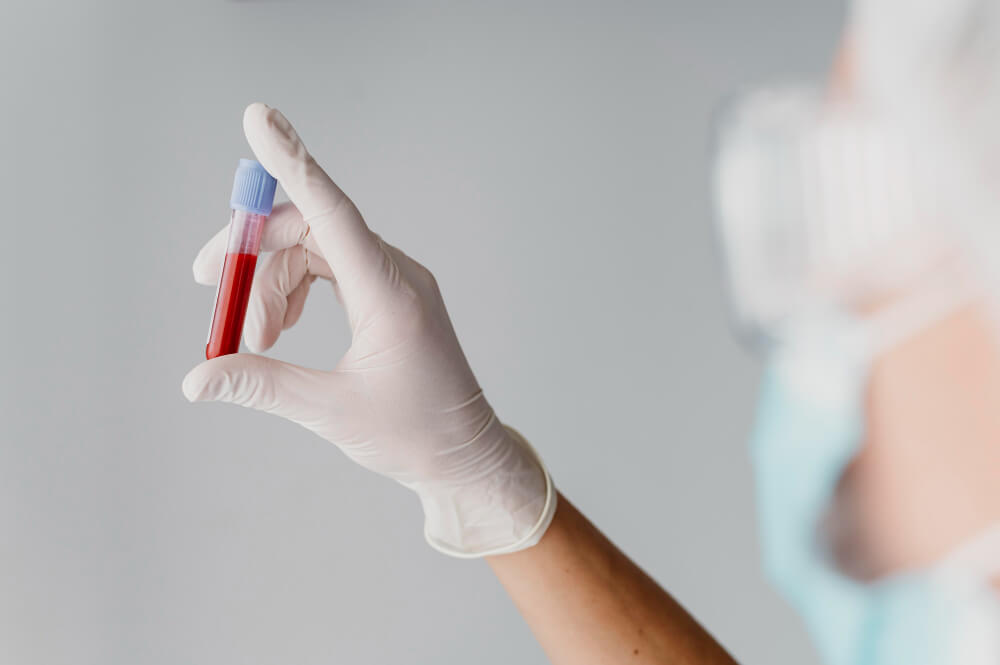Beyond the Sneezes and Sniffles: A Pediatrician’s Guide to Allergy Care for Your Child
For parents, witnessing their child experience allergy symptoms like sneezing, coughing, or itchy rashes can be a source of worry. Allergies, a reaction of the immune system to harmless substances like pollen, dust mites, or pet dander, can significantly impact a child’s well-being. Pediatricians, your child’s first line of defense in healthcare, play a crucial role in diagnosing and managing allergies. This article delves into the world of pediatric allergy care, equipping you with the knowledge and resources to ensure your child receives the best possible care.

Understanding Allergies in Children: Recognizing the Triggers
Common Childhood Allergies:
While allergies can manifest in various ways, some of the most common childhood allergies include:
- Food Allergies: Reactions to foods like peanuts, milk, eggs, or shellfish can cause symptoms like hives, vomiting, or difficulty breathing.
- Seasonal Allergies: Also known as allergic rhinitis, these allergies are triggered by airborne allergens like pollen, leading to runny noses, sneezing, and itchy eyes.
- Skin Allergies: Eczema, a chronic skin condition causing dry, itchy patches, can be triggered by allergies.
- Animal Allergies: Reactions to pet dander, fur, or saliva can trigger sneezing, coughing, and itchy eyes.
Symptoms and Signs of Allergies:
Being observant of your child’s behavior can be the first step in identifying allergies. Common symptoms include:
- Runny or stuffy nose
- Sneezing
- Itchy eyes or skin
- Rashes
- Wheezing or difficulty breathing
- Upset stomach, vomiting, or diarrhea (in food allergies)
The Importance of Early Diagnosis:
Early diagnosis and management of allergies are crucial for preventing complications and improving your child’s quality of life. If you suspect your child might have allergies, consult your pediatrician promptly.
Diagnosis and Testing: Unveiling the Cause of Allergies

Consultation and Medical History Review:
During a consultation, your pediatrician will discuss your child’s symptoms, family history of allergies, and any potential triggers.
Skin Prick Tests:
Skin prick tests involve exposing the skin to small amounts of potential allergens and observing for reactions like redness or swelling.
Blood Tests:
In some cases, blood tests might be used to identify specific allergens triggering your child’s immune system.
Treatment Options: Building a Personalized Allergy Care Plan
Allergy Avoidance:
Once your child’s allergies are diagnosed, your pediatrician will develop a personalized treatment plan. This might involve identifying and avoiding triggers whenever possible.
Medications:
Antihistamines can help alleviate symptoms like runny noses and itchy eyes. In some cases, corticosteroids or other medications might be prescribed.
Allergy Shots (Immunotherapy):
For specific allergies, allergy shots (immunotherapy) can be a long-term solution. These gradually desensitize your child’s immune system to the allergen, reducing the severity of reactions over time.
Living with Allergies: A Collaborative Approach
The Role of Schools and Caregivers:
If your child’s allergies require specific attention at school, communicate effectively with teachers and caregivers about symptoms and emergency procedures.
Building Resilience and Confidence:
Living with allergies doesn’t have to limit your child’s activities. Work with your pediatrician to develop a plan that allows your child to participate fully in life.
Managing Stress and Maintaining Well-being:
Stress can exacerbate allergy symptoms. Encourage healthy coping mechanisms for your child and prioritize regular exercise and enough sleep to support their overall well-being.
